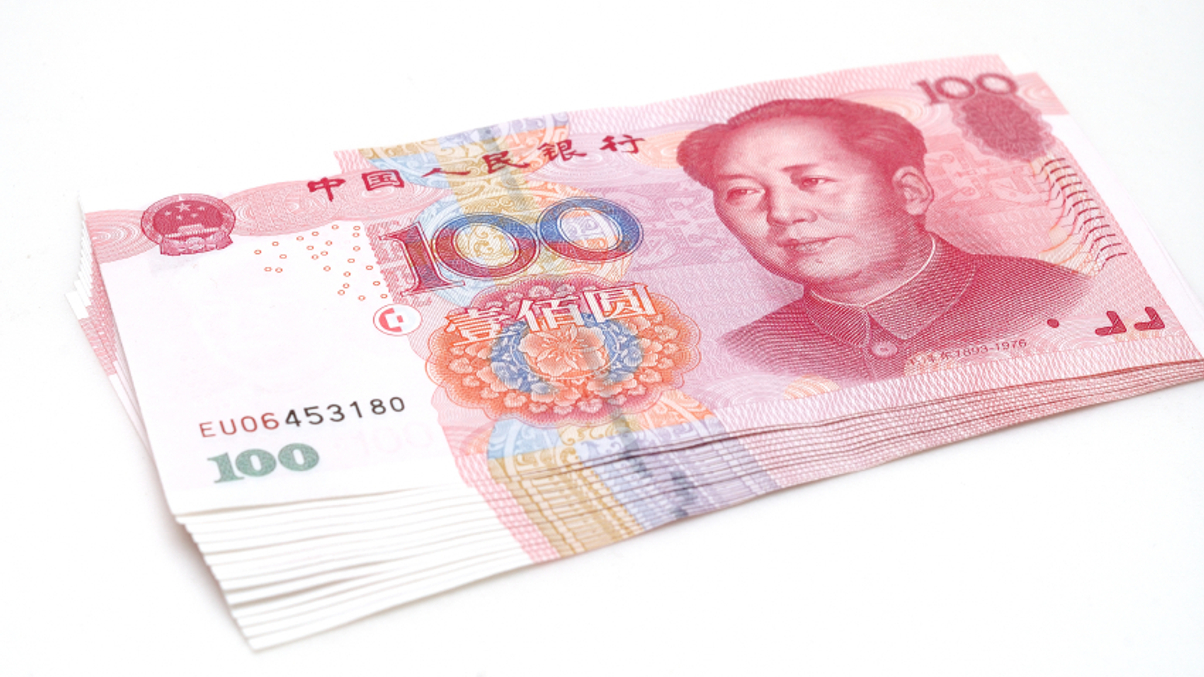China money market ETF assets leap fivefold
China-listed money market exchange-traded funds are attracting huge inflows as investors seek safe havens. Fortune SG AM has been among the biggest beneficiaries.

Money market exchange-traded fund assets grew almost fivefold in the third quarter in China, while equity and balanced mutual funds saw big outflows, as investors heavily de-risked their portfolios.
Sign in to read on!
Registered users get 2 free articles in 30 days.
Subscribers have full unlimited access to AsianInvestor
Not signed up? New users get 2 free articles per month, plus a 7-day unlimited free trial.
¬ Haymarket Media Limited. All rights reserved.


